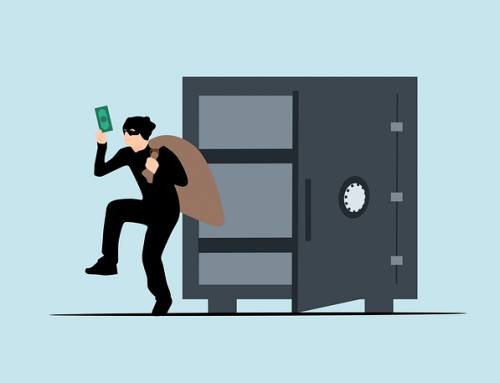Tuesday, December 29, saw “Glee” cast member Mark Salling arrested by the LAPD under suspicion of possessing child pornography. Salling is no stranger to trouble with the law, having been previously accused of sexual battery, assault and battery, and intentional infliction of emotional distress by is ex-girlfriend in 2013. The lawsuit was settled by Salling’s attorneys, and he was ordered to pay $2.7 million to his ex.
This time around, settling likely won’t be an option. According to reports, the LAPD obtained a search warrant for Salling’s home and served it in Tuesday’s morning hours. During their search, investigators allegedly discovered “hundreds of images” of child pornography on Salling’s computer. After discovering the images, the actor was immediately arrested and taken to The Metro Detention Center in downtown Los Angeles where he was booked on charges of possessing child pornography.
Child pornography is covered under a number of California Penal Codes, and the charges will depend greatly on what the suspect is doing with the pornography. Since photographs were discovered on Salling’s computer, it is likely that he was charged with violating California Penal Code 311.11 PC, the child pornography law that covers possessing or controlling any child pornography that was produced using a person under 18.
Most of California’s child pornography laws are “wobblers,” meaning that they can be charged as either a misdemeanor or a felony depending on the circumstances of the case and the defendant’s prior criminal record. If charged as a misdemeanor, the possible penalties include: up to 1-year in county jail and a fine of up to $2,500. If charged as a felony, the possible penalties are: anywhere from 16-months to 8-years in California state prison, and fines of up to $100,000. Additionally, no matter if the charge is a misdemeanor or a felony, any conviction also includes the mandatory registration as a sex offender.






